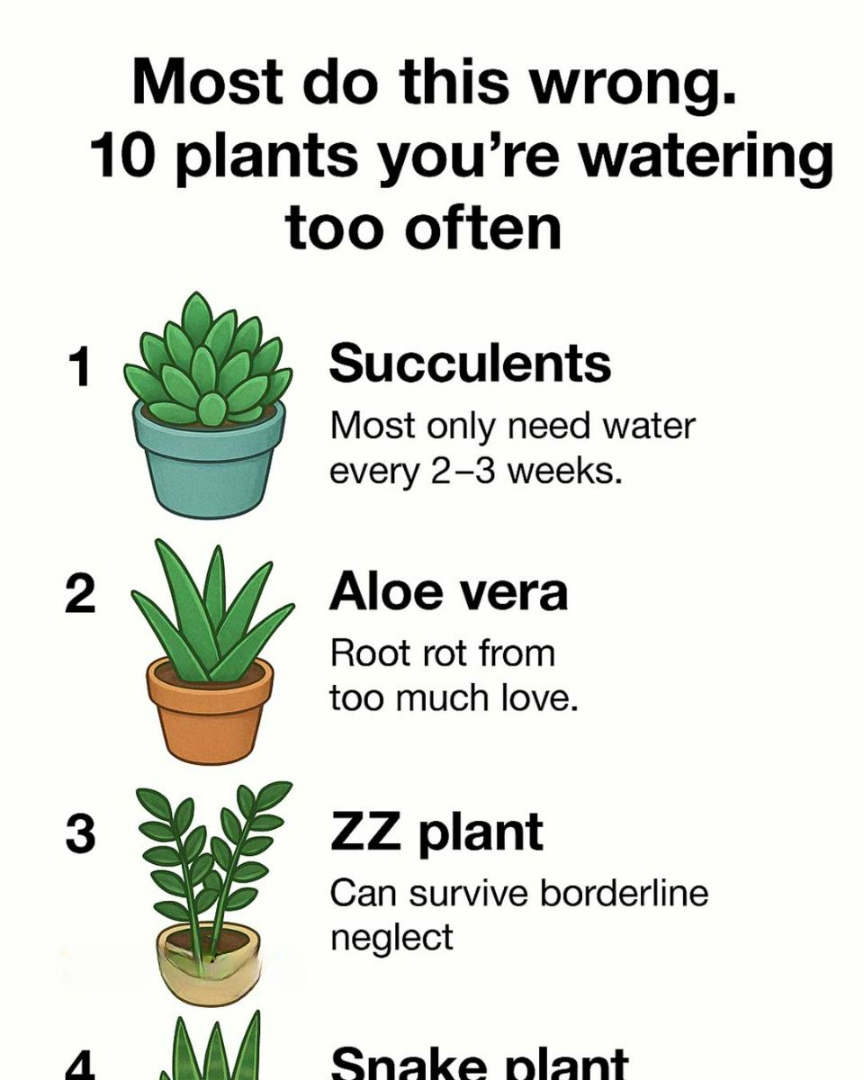Watering plants is a fundamental part of plant care, yet it’s one of the most common areas where plant enthusiasts go wrong. Overwatering is a widespread issue that can lead to root rot and other plant health problems. Many people assume that more water means better growth, but this isn’t always the case. Understanding the specific needs of each plant is crucial to avoid overwatering and to ensure your plants thrive.
In this article, we will explore ten popular plants that are often overwatered. By learning about their natural habitats and specific watering requirements, you can adjust your care routine to better suit their needs. This will not only improve the health of your plants but also save you time and effort in the long run.
1. The Overwatering Epidemic: Why Less Is More
Overwatering is a common mistake that can have detrimental effects on plant health. When plants receive too much water, their roots can suffocate due to lack of oxygen, leading to root rot. This is particularly true for plants that are adapted to arid environments. It’s important to remember that different plants have different water needs, and a one-size-fits-all approach can be harmful.
To avoid overwatering, it’s essential to understand the natural habitat of your plants. For example, plants native to desert regions require much less water than those from tropical rainforests. A good rule of thumb is to allow the top inch of soil to dry out before watering again, but this can vary depending on the plant species and environmental conditions.
2. Succulents: Thriving on Neglect
Succulents are adapted to survive in dry, arid environments, which means they require very little water. Overwatering is one of the most common reasons succulents fail to thrive. These plants store water in their leaves, so they can go weeks without needing additional moisture. It’s best to water succulents only when the soil is completely dry, which might be every two to three weeks depending on the climate and season.
When watering succulents, ensure that the pot has drainage holes to prevent water from pooling at the bottom. This helps prevent root rot and keeps the plant healthy. Remember, it’s better to underwater than overwater succulents.

